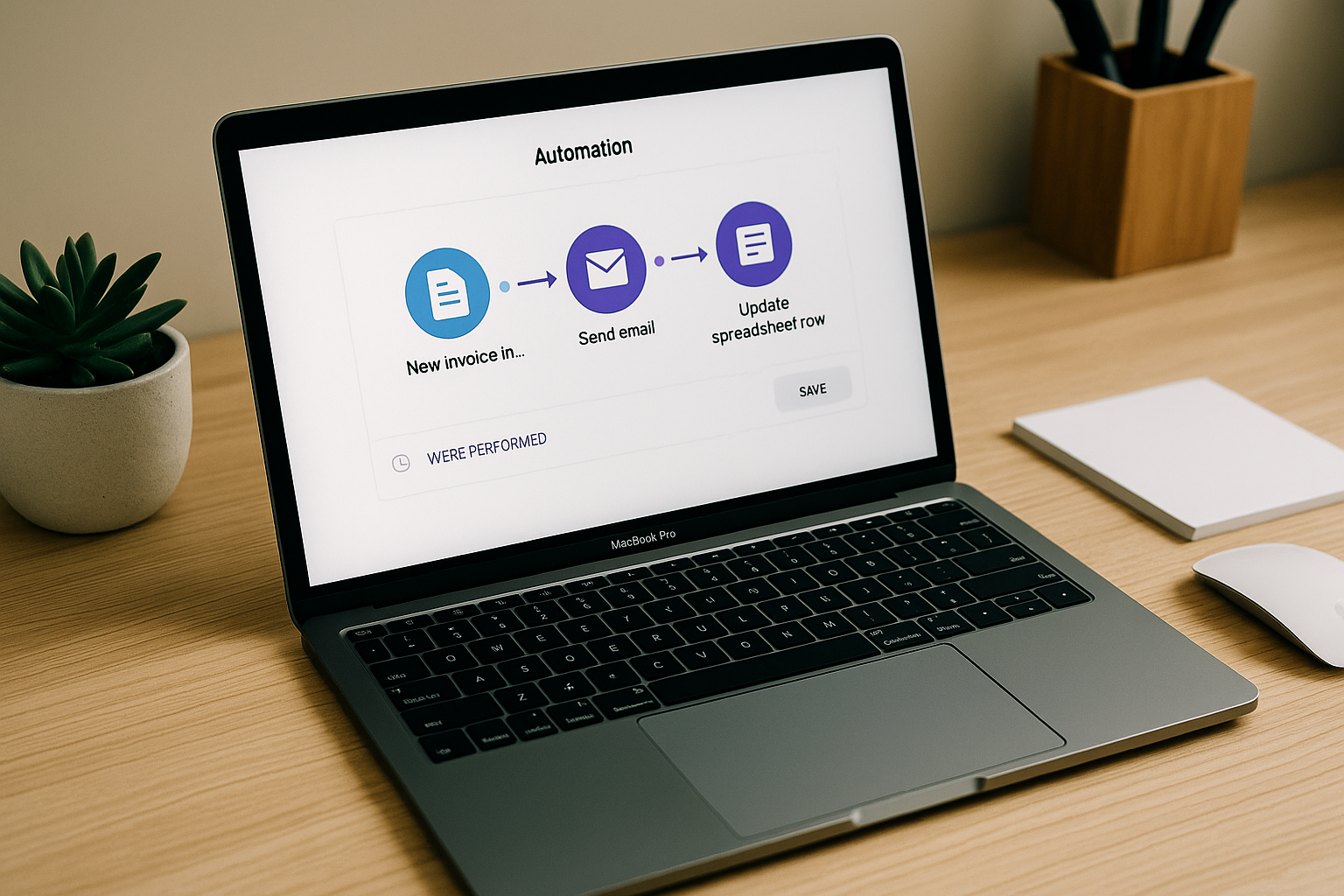
As a freelancer or manager of a small business, you probably spend too much time on actions With low added value : manual data entry, sending repetitive emails, updating files...
The good news? Automation is no longer just for developers.
Thanks to the tools No-code And Low-code, You Can Set Up Automatic Processes In a few clicks... and free up time for what really matters.
Start by identifying the actions:
Common examples:
A good indicator: The Time Saved Each Month And Mistakes Avoided.
Automating Does Not Mean Delegating Everything to Machines: You Always Have To Control and Adjust.
Automation allows:
✅ To save time
✅ to reduce errors
✅ To focus on high-value tasks
Thanks to no-code tools, You Don't Need to Know How to Code To take advantage of it. The key is to start small... and optimize over time.

Email reminders, data entry, quotes/invoice generation, database synchronization, reminder alerts.

Zapier, Make (Integromat), native CRM/SaaS features, or no-code modules/plugins.

It depends on the tasks, but for some repetitive actions, you can save several hours per week, or even per month.

Klark integrates reminders, centralization of financial tasks and administration, which reduces manual actions.